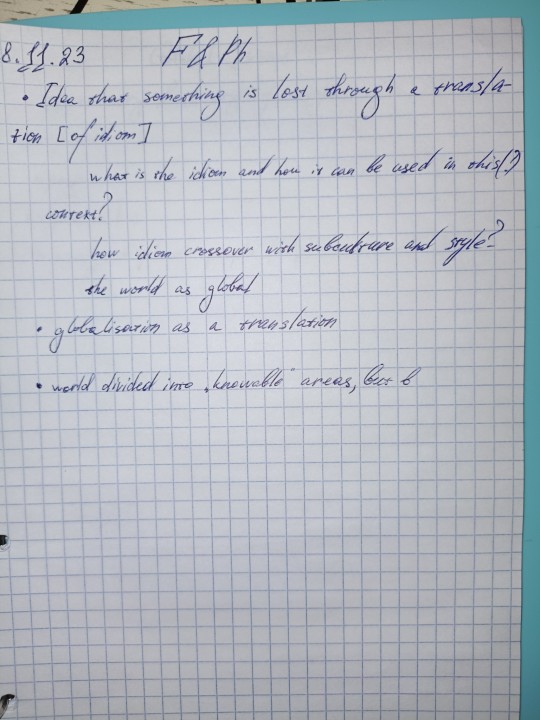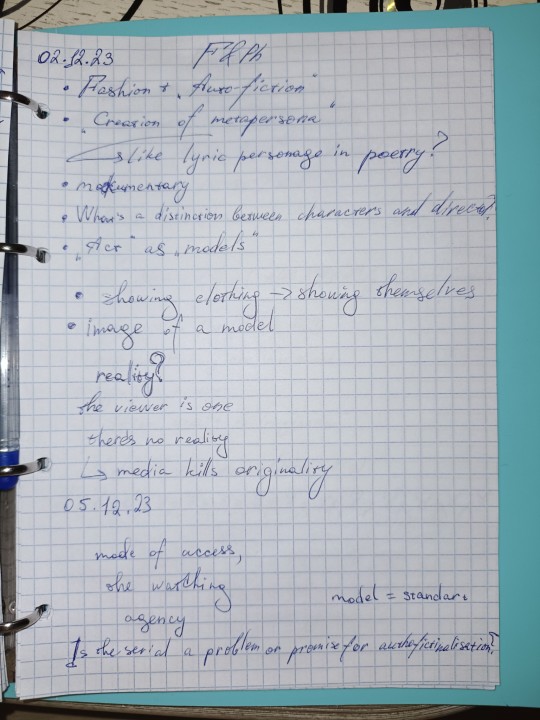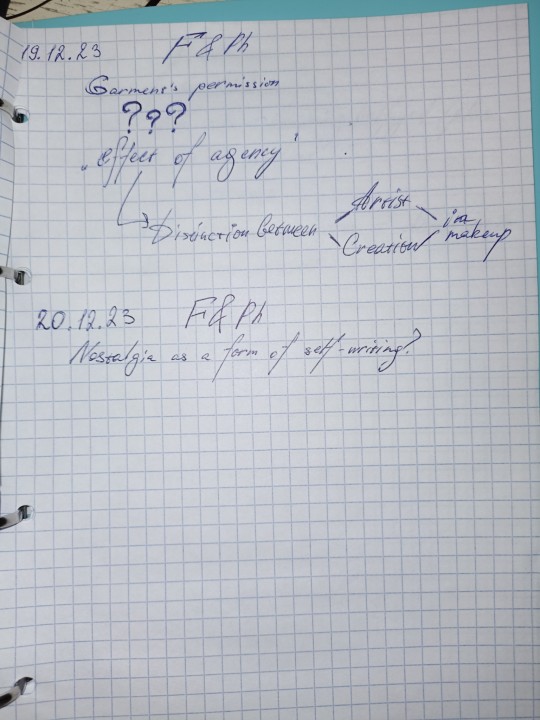Text
Well, I have to post my notes from the course, part 1
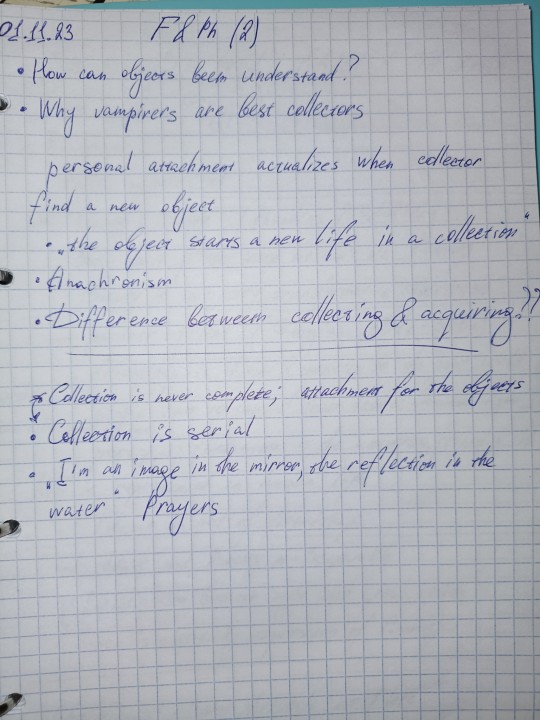

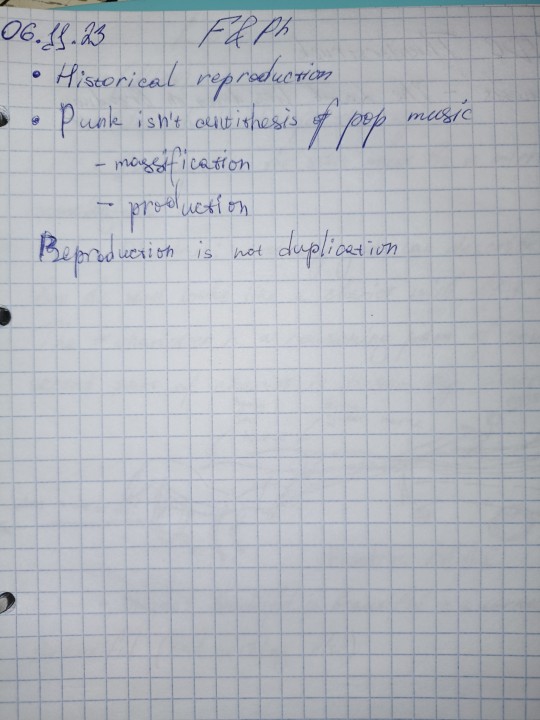


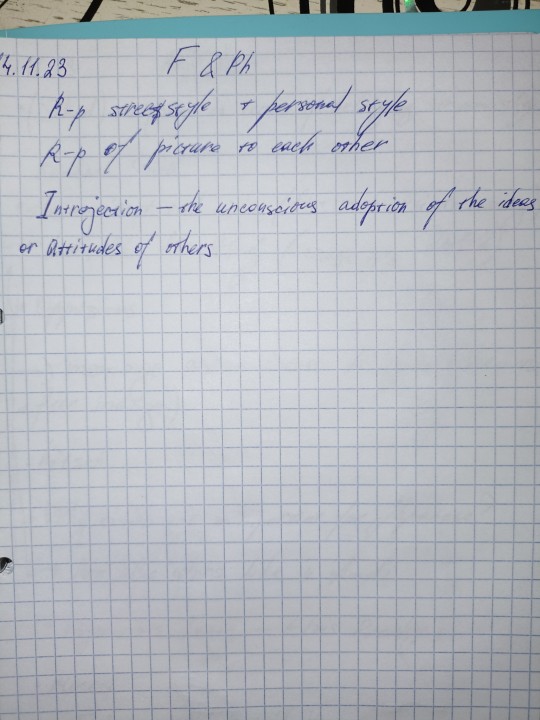

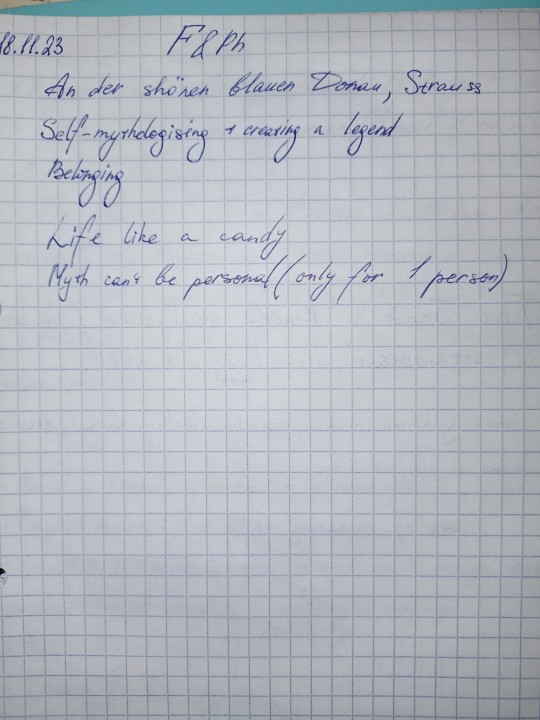
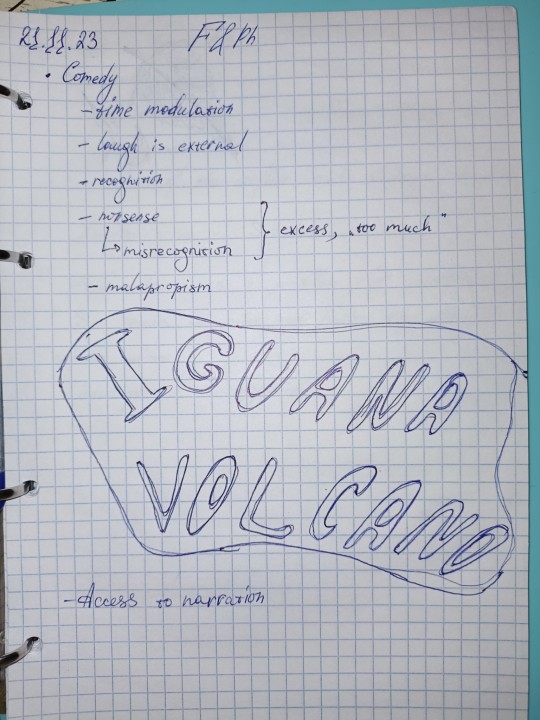
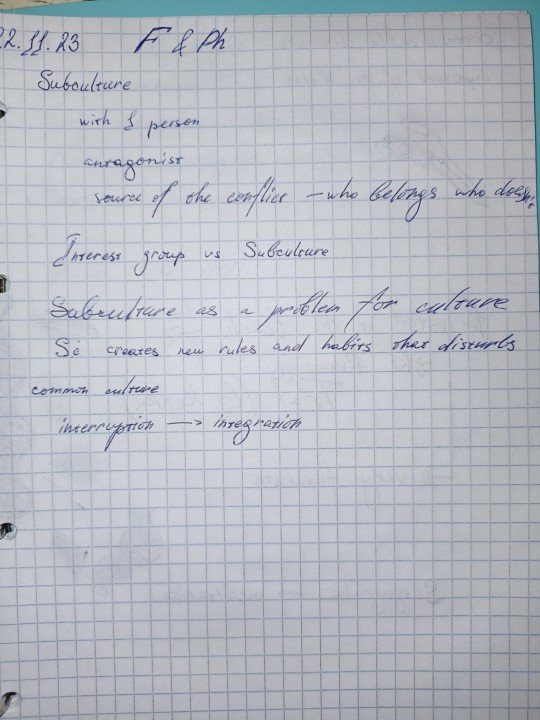
0 notes
Text
The second novel is Auto-da-Fé by Elias Canetti, written in 1935.
It's again hard to translate, original title is Die Blendung in German, The Blinding or Ослепление in Russian.
But the title of the English translation Auto-da-Fé by Wedgwood, 1946, refers to the burning of heretics by the Inquisition.
The main character, Doktor Peter Kien is a philologist and sinologist, who has an enormously huge library. And he has troubles with communicating with someone except his books.
He has a housekeeper, Theresa, whom he decides to marry so that she can always keep the library in good condition. but he has never had anything to do with women, and therefore all thoughts of sex frighten him desperately.
As a result, an insane passion for books leads to even greater madness, and Kien loses himself and the meaning of his life.
My favorite and most incomprehensible episode, the one where I stopped reading, was about how the doctor tried to save part of his library by moving it to another place. And it turns out that he takes out invisible books from his bag, which arrive and arrive in the room, filling all its space, and as a result, Kien has no place to sleep. This creates such a feeling of madness that I could not continue reading this book, although it does not seem nightmarish and frightening.
This is another episode in world literature that perfectly shows a person’s dependence on collecting.
And you know, Elias Canetti is a Nobel Prize winner for Literature in 1981.
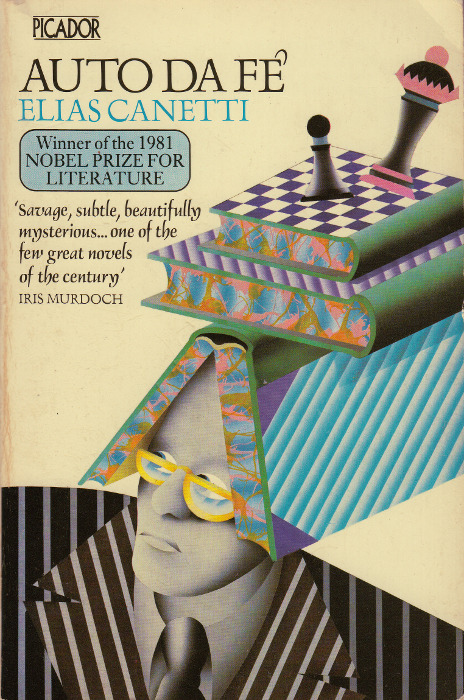
1 note
·
View note
Text
I think there are two books from the late 19 and early 20 centuries that are really follow the lines of the F&Ph course.
The first is À rebours by Joris-Karl Huysmans, written in 1884.
The title is translated into English as Against nature but word by word translation would be like Contrariwise. In Russian it's simple and expressively Наоборот.
The main character Jean des Esseintes leaves society for his remote estate, and there begins his life as an esthete and lover of rarities.
But the problem is that he gradually goes crazy, replacing all the details of reality with idealized works of art: for example, he asks to create a special room for him, simulating a boat, where there is an aquarium window. Plus, he has a collection of just about everything: literature, perfumery (he creates his own scents), painting, a separate garden with poisonous flowers.
In the end, the decadent’s health fails, and due to stomach pain, he switches to artificial nutrition, secretly rejoicing that he has reached the “limit of artificiality.”
Perhaps the idea of artificiality and collecting reaches the point of absurdity here.
In addition, most likely, this novel influenced Oscar Wilde, and the hero of Dorian Gray focuses his aesthetics on Jean des Esseintes.

1 note
·
View note
